The Florida Keys, as part of south Florida, is home to a variety of introduced species.
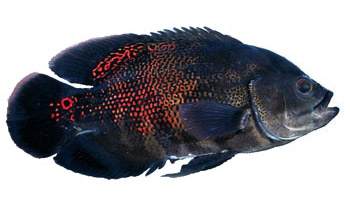
Introduced species are those organisms that are native to somewhere else that have been introduced through human activities.
Many of these species have detrimental effects on native flora and fauna due to lack of population controls such as predators and disease. As population numbers grow out of control, introduced species are often referred to as invasive species.
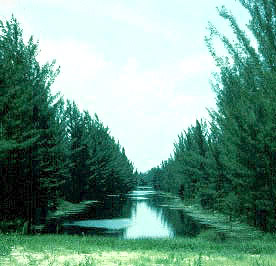
Australian Pine
Non-native trees and vines threatened the native flora of the Florida Keys. The worst offenders are the Australian pine and the Brazilian pepper. Australian pine (Casuarina equisetifolia) was introduced into Florida during the late 1800s, planted as windbreaks and shade trees.
It has since spread rapidly, displacing many native species due to its quick growth. This pine has shallow root systems and suffers damage from the frequent storms as well as soil erosion.
Brazilian Pepper
The Brazilian pepper, (Schinus terebinthifolius), was originally introduced as an ornamental plant during the mid-1800s. Its range has been extended primarily through seed dispersal by birds as far north as St. Augustine and Cedar Key. As a successful invader, the Brazilian pepper poses a serious threat to the native flora and fauna of the Florida Keys.
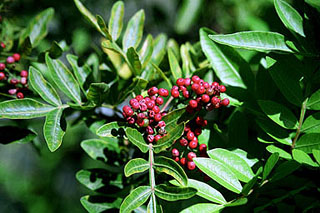
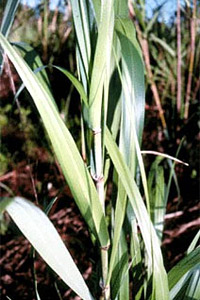
Other Introduced Plants
Other introduced plant species include the latherleaf (Asiaic colubrina), Burma reed (Neyaudia reynaudiana), lead tree (Leucaena leucocephala), seaside mahoe (Thespesia populnea), and melaleuca (Melaleuca quinquenervia), among numerous ornamentals used in landscaping.
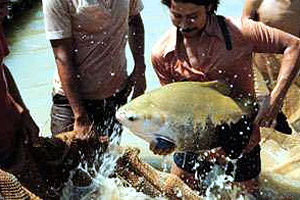
Fishes
Although it is illegal to release non-native species into state waters, introduced species are on the increase. One such example is the collection of two orbicular batfish (Platax orbicularis) from Molasses Reef off Key Largo. These fish, native to the Pacific Ocean, were probably released by home aquarists when they grew too large for their aquariums. Other introduced fishes found in the Keys include pacu (Colossoma macropomum) and oscars (Astronotus ocellatus).
Other Introduced Animals
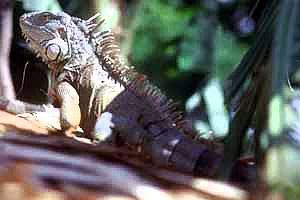
Terrestrial introduced species include the Mediterranean gecko (Hemidactylus turcicus), common house gecko (Hemidactylus frenatus), iguana (Iguana iguana), brown anole (Anolis sagrei), and Cuban treefrog (Osteopilus septentrionalis), among numerous others.
For more information, visit: